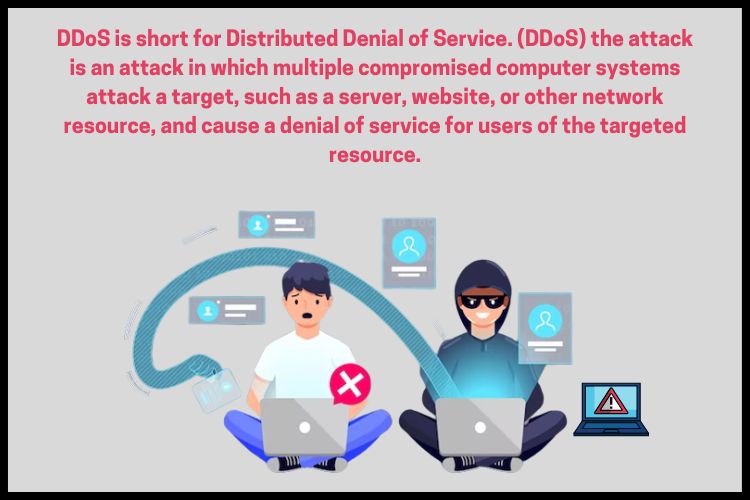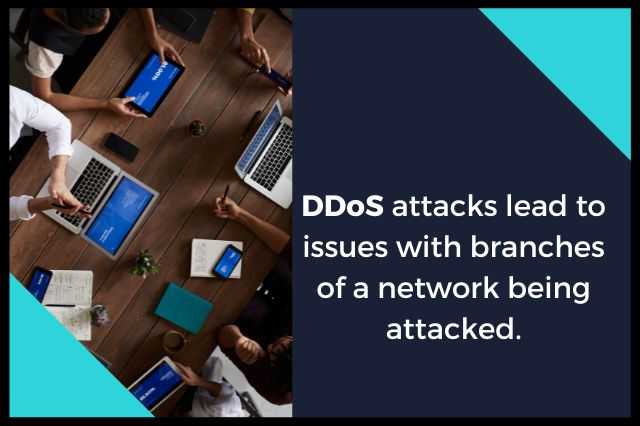DDoS protection as a service
What is DDoS ?
DDoS is short for Distributed Denial of Service. (DDoS) the attack is an attack in which multiple compromised computer systems attack a target, such as a server, website, or other network resource, and cause a denial of service for users of the targeted resource.
These attacks force the system to slow down or even crash and shut down, causing the denial of service to the user. They use several computers and internet systems to attack a particular system. These attacks are usually global but can range from individual criminal hackers to organized crime rings and government agencies.
How does DDoS work?
Multiple computer systems attack their target, causing traffic in the target system, making it impossible for the target to work, and is forced to shut down. The assailant begins by exploiting a vulnerability in one computer system and making it the DDoS master then he identifies another system with weakness and attacks them. A computer or networked device under the control of an intruder is known as a zombie or bot.
The attacker creates what is called a command-and-control server to commend the network of bots, also called a botnet. These attacks have an awful impact not only on the customer but also on the hosting provider and other customers sharing the network.

Why choose Ideastack?
People must take precautions and should hire someone to provide protection. At Ideastack Solutions, we offer Complete protection of your servers with our full DDoS Protection service. Our company offers DDoS and cyber threat protection to their hosted client as an extension of their current service offerings.
We offer several plans to choose from according to your budget and your needs and along with it, we have excellent services with 24/7 customer support service. So we can leverage the significant global capacity of our network and infrastructure to absorb the floods of attack traffic at our network edge.
The initial website goes through various stages when your server is being protected from DDoS. With an initial scrubbing center deployment, suspect traffic flows are redirected to Smart Wall Network Threat Defense appliances for traffic validation and further level scrubbing.

Conclusion
Businesses now recognise the need of distributed denial of service (DDoS) protection as a service for maintaining continuous service availability and protecting their online presence. DDoS assaults continue to pose a serious concern, with the potential to have disastrous effects including website outages, monetary losses, and reputational harm to an organisation. With Ideastack, all website assaults are routed to our data centre, where all traffic is diverted.
Frequently Asked Questions
Q1. How do DDoS protection services work?
DDoS prevention works by carefully screening website traffic to prevent unauthorised requests while allowing authorised ones to flow through with minimal page loading time delays.
Q2. What is an anti-DDoS service?
A physical barrier between prospective attackers and your network is created by anti-DoS gear. ever though anti-DDoS technology can defend against some assaults, others, like DNS attacks, are completely unaffected by hardware since the harm is already done before any data ever reaches the device.
Q3. Why do we need DDoS protection?
Data, assets, and other resources would be lost if a network was under DDoS assault. When it comes to repairing, repurposing, or buying new equipment and fixing the attacked network, the financial or monetary worth is substantial. Purchase and installation costs for hardware components like routers and PCs are high.









